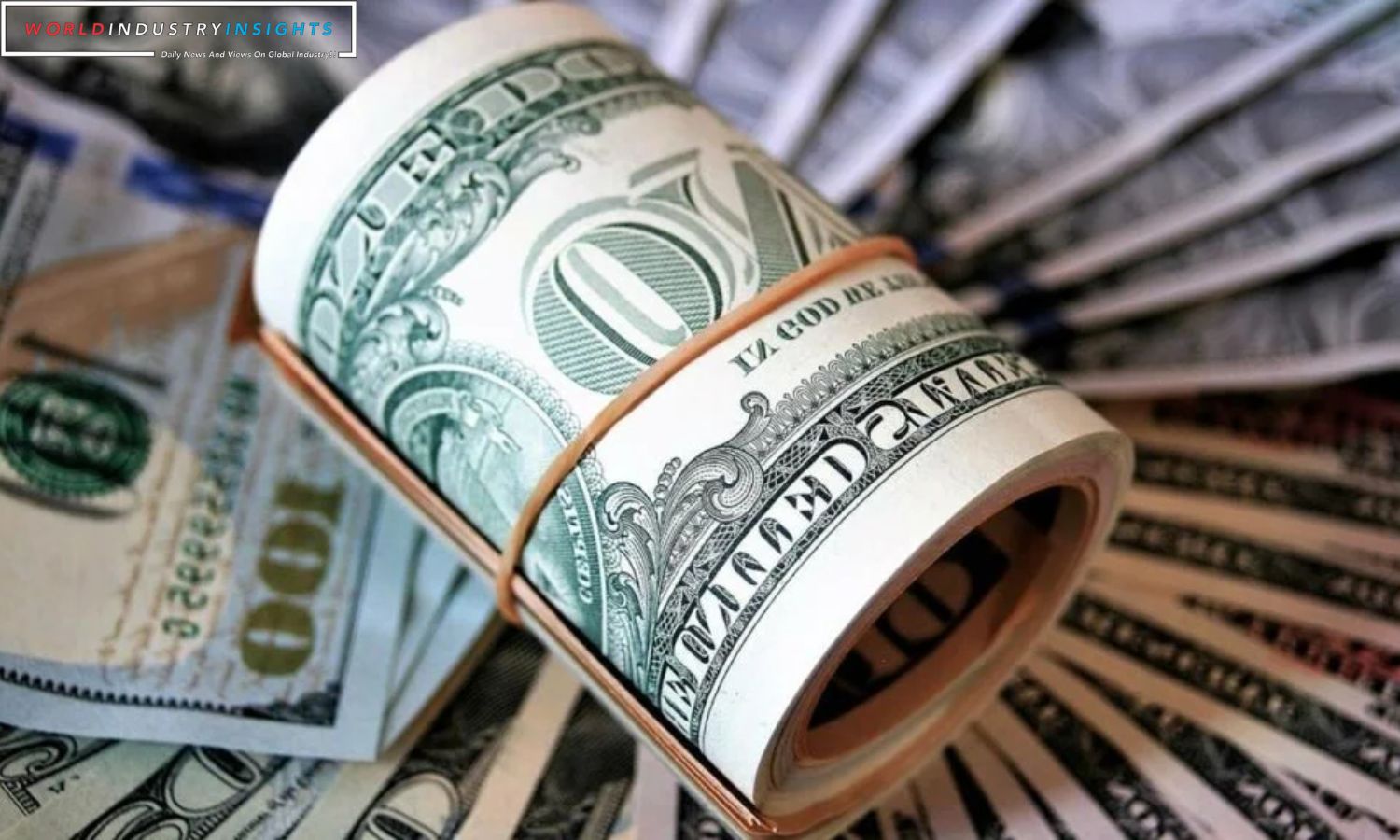US Dollar Faces Downward Pressure: Following the Federal Reserve’s dovish turn, most foreign currencies entered the week calm as investors expected the U.S. dollar to fall further. Dollar index stayed at 105.07, euro at $1.0727. Last week, the dollar fell over 1%, its biggest drop since mid-July and a six-week low.
Global equities also had a strong week, with world stocks experiencing their best performance in a year. This rally was driven by growing expectations that the Fed had completed its rate hikes. Weaker U.S. jobs data, softer manufacturing figures from various parts of the world, and a drop in long-term Treasury yields all weighed on the dollar. This led to surges in other currencies such as the pound, the Aussie dollar, and a rebound in the yen from its weaker position against the U.S. dollar.
Tina Teng, a market analyst at CMC Markets in Auckland, noted, “We always say bad news is good news, so it’s good then there is expectation for the Fed and other central banks to end the rate hike cycle sooner.” She expected the dollar to remain on a weakening trend throughout November.
However, analysts at J.P.Morgan Securities urged caution among dollar bears. They emphasised that the supportive factors for the U.S. dollar had weakened but not disappeared entirely. They suggested that these factors could re-emerge over the medium term.
Moreover, J.P.Morgan analysts pointed out that a sustained dollar selloff would require signs of improvement in the euro zone, China, and other regions, which they considered “still tenuous.” Recent manufacturing surveys from China and Europe’s GDP and inflation data support this assessment.
Last week, Treasury yields fell due to softness in U.S. jobs and manufacturing data and remarks by Fed Chair Jerome Powell mentioning ‘balanced’ risks. Additionally, the U.S. government reduced its refinancing estimate for the quarter and announced lower increases in long-dated debt auctions than anticipated.
Also Read: US Dollar Rising: Insights from Powells Speech & Global Rate Predictions
Yields on 2-year notes dropped 25 basis points in roughly two weeks, while 10-year yields fell by half a percentage point and reached five-week lows around 4.59%. The yield curve at the front end remains deeply inverted.
Futures markets reflected a 90% likelihood that the Fed had finished hiking rates and an 86% chance that the first policy easing would come as soon as June. Market expectations also indicate an 80% probability that the European Central Bank will cut rates by April, while the Bank of England is expected to ease in August.
The Japanese yen weakened slightly to trade at 149.58 per dollar. The shift in the dollar’s direction and the yen’s recovery from last week’s lows suggest that Japanese authorities may not need to intervene in the currency. Last week, the yen reached 151.74 per dollar, nearing last October’s lows, which prompted the Bank of Japan to conduct several rounds of dollar-selling interventions.
The pound remained stable at $1.2368. Britain’s GDP data for the fourth quarter is expected this week. While the pound rallied strongly last week in a market with significant short positions on the currency, it still remains down about 6% over the past four months. The decline in the dollar and yields provided support to gold, which reached $1,990, coming close to the recent five-month peak of $2,009.
In the world of cryptocurrencies, bitcoin held steady at $34,965. The digital asset has been buoyed by the expected end of central bank policy tightening cycles. Additionally, the crypto industry has its eyes on the potential approval of new spot bitcoin exchange-traded funds (ETFs), which could expand the market to a broader range of investors. While none have been approved yet, several firms have filed for such a product.
Our Reader’s Queries
What does downward pressure on the dollar mean?
An upsurge in demand for foreign currency, driven by an increase in imports, exerts a downward pressure on the domestic currency. This happens because consumers sell their domestic currency to purchase foreign currency when buying foreign imports. As a result, there is an excess supply of domestic currency in the market.
Why is the dollar slumping?
On Wednesday, the dollar took a hit against the euro and yen as the Federal Reserve indicated that interest rate hikes in the US have ceased and that lower borrowing costs are expected in 2024. This news caused the dollar to drop significantly.
What happens if the U.S. dollar value goes down?
If the value of the dollar drops, inflation is likely to increase significantly in the American economy. During inflationary periods, assets like energy, precious metals, and real estate typically perform well.
What makes the U.S. dollar go up or down?
The exchange rate between currencies is influenced by various factors such as inflation, political stability, interest rates, speculation, trade deficits and surpluses, public debt, and currency reserve status. To determine the exchange rate, these factors are taken into account and analyzed. It is important to understand the impact of each factor on the exchange rate to make informed decisions when dealing with foreign currencies.


